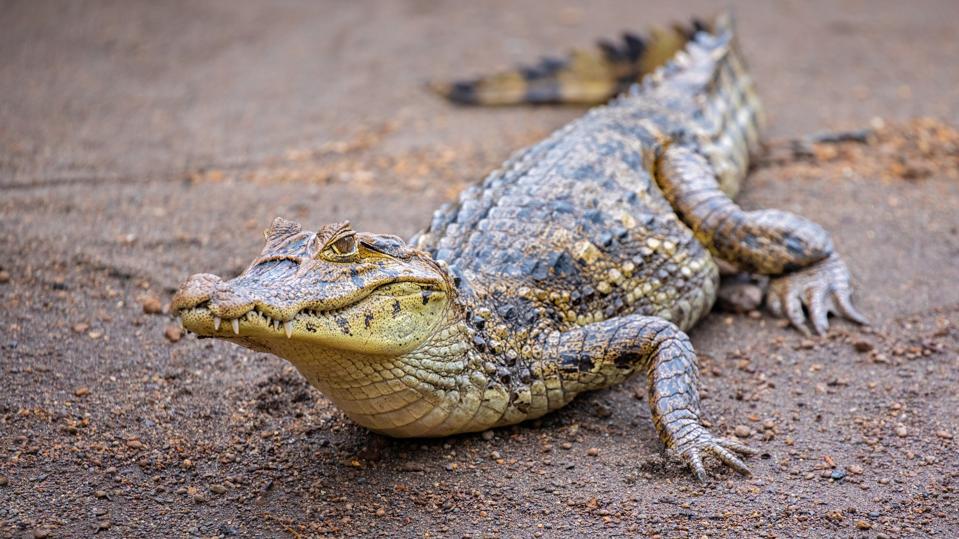Equipped with lush rainforests and high-altitude cloud forests, Costa Rica has earned widespread recognition for its high level of biodiversity, with creatures like the brown-throated sloth, Baird’s tapir and jaguar all thriving within its borders—but it’s not just mammals that call this storied country home. From the Nicoya Peninsula to the Caribbean coastline, Costa Rica also plays host to a wealth of reptiles, providing herpetology buffs with plenty of opportunities to spot rare and endemic species during a visit. While scenic wildlife preserves abound across the country, few can match the splendor of Corcovado National Park, one of Costa Rica’s foremost destinations for an immersion into the country’s flora and fauna.
Officially established in 1975, this sprawling preserve is the largest national park in all of the nation, with 424 square kilometers of land to explore across the Osa Peninsula. On the smaller side, visitors can look forward to spotting a colossal array of native lizards, with species spanning from the helmeted iguana to the turnip-tailed gecko to the Osa anole—the latter of which is endemic to the peninsula. While these animals can be encountered during a trek through the forest, those who explore along the park’s many lagoons and marshes can spot aquatic reptiles like the Nicaraguan slider and spectacled caiman—and beyond these creatures, Corcovado National Park plays host to a staggering number of native serpents.
Ophiology aficionados have plenty to look forward to during a visit to the preserve, with well over 20 different snake species recorded throughout the region. From early morning into the late hours of the night, the treetops are flush with all sorts of arboreal snakes, providing ecotourists with an opportunity to spot colorful specimens like the Central American eyelash-pitviper—a venomous ambush predator—and the emerald-green Cope’s parrot snake. Other tree-dwellers include the Köhler’s vine snake and Central American tree boa, while the forest floor is home to its fair share of serpents as well. During a hike, visitors should keep their eyes peeled for white-tailed hognose vipers and Central American coral snakes, both of which possess a highly venomous bite.
Amidst the many lizards and snakes, Corcovado National Park’s numerous waterways provide plenty of room for amphibians to flourish. Many of the peninsula’s inhabitants have developed mottled coloration to camouflage them against the leaf litter—the rugose robber frog, Warszewitsch’s frog and rainforest rocket frog, to name a few—but the park boasts a wide range of colorful inhabitants as well. Both the emerald glass frog and red-eyed tree frog are known for their striking appearances, but perhaps the most fascinating resident amphibian is the gliding tree frog, an unusual animal that uses its webbed toes to soar through the tree canopy like a wingsuit pilot.
While Costa Rica has long been renowned for its eye-catching mammals and colorful birds, the nation is no slouch when it comes to reptiles and amphibians either—and for a deep dive into its most captivating species, Corcovado National Park is the perfect destination. From tiny frogs to fearsome vipers, this lauded preserve serves as a crucial haven for a wealth of Latin American species, many of which struggle in the face of habitat loss and climate change. Whether you’re a hardcore herpetology buff or just a casual wildlife aficionado, this verdant park is certain to leave you with lasting memories of the rich biodiversity found along Costa Rica’s southern shores.

